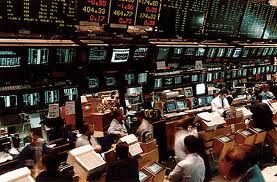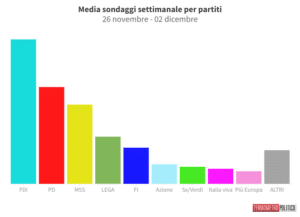Un omaggio postumo a Paul Samuelson

Economists had long believed that there are goods that the private sector cannot provide because of the difficulty of charging those who benefit from them. National defense is one of the best examples of such a good. Samuelson, in a 1954 article, was the first to attempt a rigorous definition of a public good. In macroeconomics Samuelson demonstrated how combining the accelerator theory of investment with the Keynesian income determination model explains the cyclical nature of business cycles. He also introduced the concept of the neoclassical synthesis—a synthesis of the old neoclassical microeconomics and the new (in the 1950s) Keynesian macroeconomics. According to Samuelson, government intervention via fiscal and monetary policies is required to achieve full employment. At full employment the market works well, except at providing public goods and handling problems of externalities. James Tobin called the neoclassical synthesis one of Samuelson’s greatest contributions to economics. In Linear Programming and Economic Analysis Samuelson and coauthors Robert Dorfman and Robert Solow applied optimization techniques to price theory and growth theory, thereby integrating these previously segregated fields.
[ad]A prolific writer, Samuelson has averaged almost one technical paper a month for more than fifty years. Some 338 of his articles are contained in the five-volume Collected Scientific Papers (1966–1986). He also has revised his immensely popular textbook, Economics, nearly every three years since 1948; it has been translated into many languages. Samuelson once said, “Let those who will write the nation’s laws if I can write its textbooks.” In 1970 Paul Samuelson became the first American to receive the Nobel Prize in economics. It was awarded “for the scientific work through which he has developed static and dynamic economic theory and actively contributed to raising the level of analysis in economic science.” Samuelson began teaching at the Massachusetts Institute of Technology in 1940 at the age of twenty-six, becoming a full professor six years later.
He remains there at the time of this writing (2006). In addition to being honored with the Nobel Prize, Samuelson also earned the John Bates Clark Award in 1947—awarded for the most outstanding work by an economist under age forty. He was president of the American Economic Association in 1961. Samuelson was born in Gary, Indiana. At age sixteen he enrolled at the University of Chicago, where he studied under Frank Knight, Jacob Viner, and other greats, and alongside fellow budding economists Milton Friedman and George Stigler, who were then graduate students. Samuelson went on to do his graduate work at Harvard University. Samuelson, like Friedman, had a regular column in Newsweek from 1966 to 1981. But unlike Friedman, he did not and does not have a passionate belief in free markets—or for that matter in government intervention in markets.
His pleasure seemed to come from providing new proofs, demonstrating technical finesse, and turning a clever phrase.
Samuelson himself once said: “Once I asked my friend the statistician Harold Freeman, ‘Harold, if the Devil came to you with the bargain that, in exchange for your immortal soul, he’d give you a brilliant theorem, would you do it?’ ‘No,’ he replied, ‘but I would for an inequality.’ I like that answer.”
di GOBETTIANO ed il suo nuovo sito.
